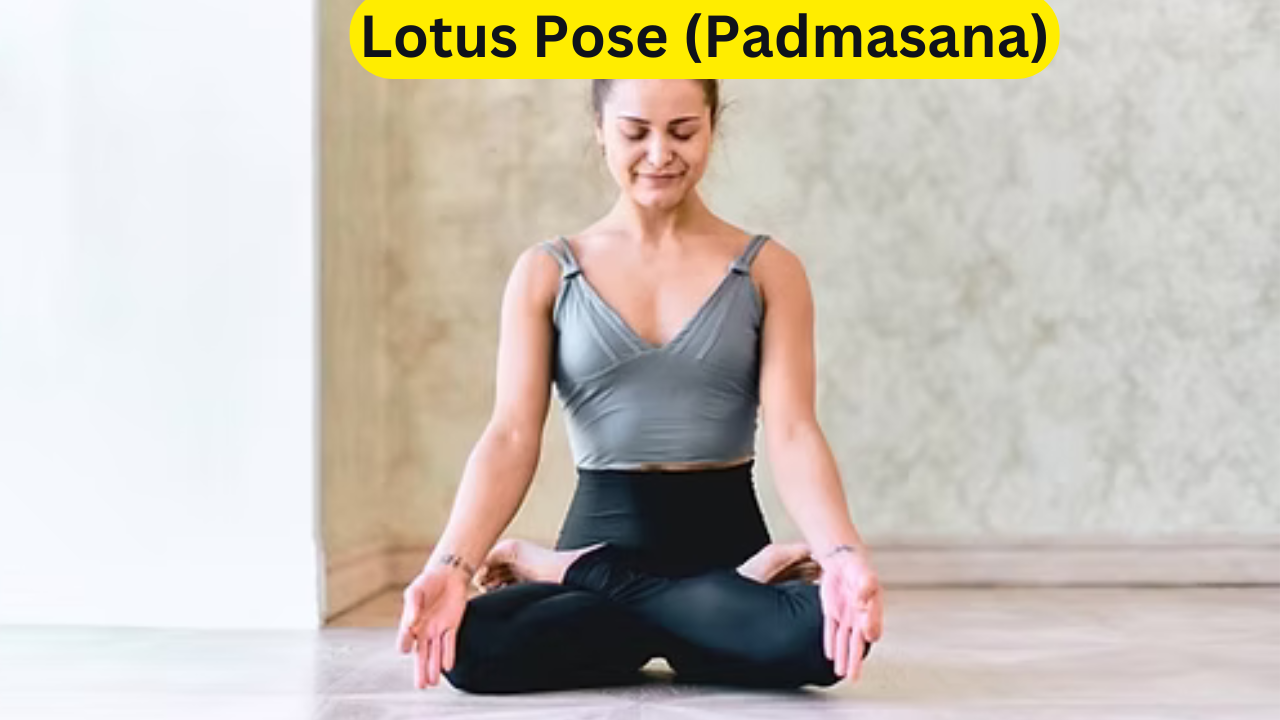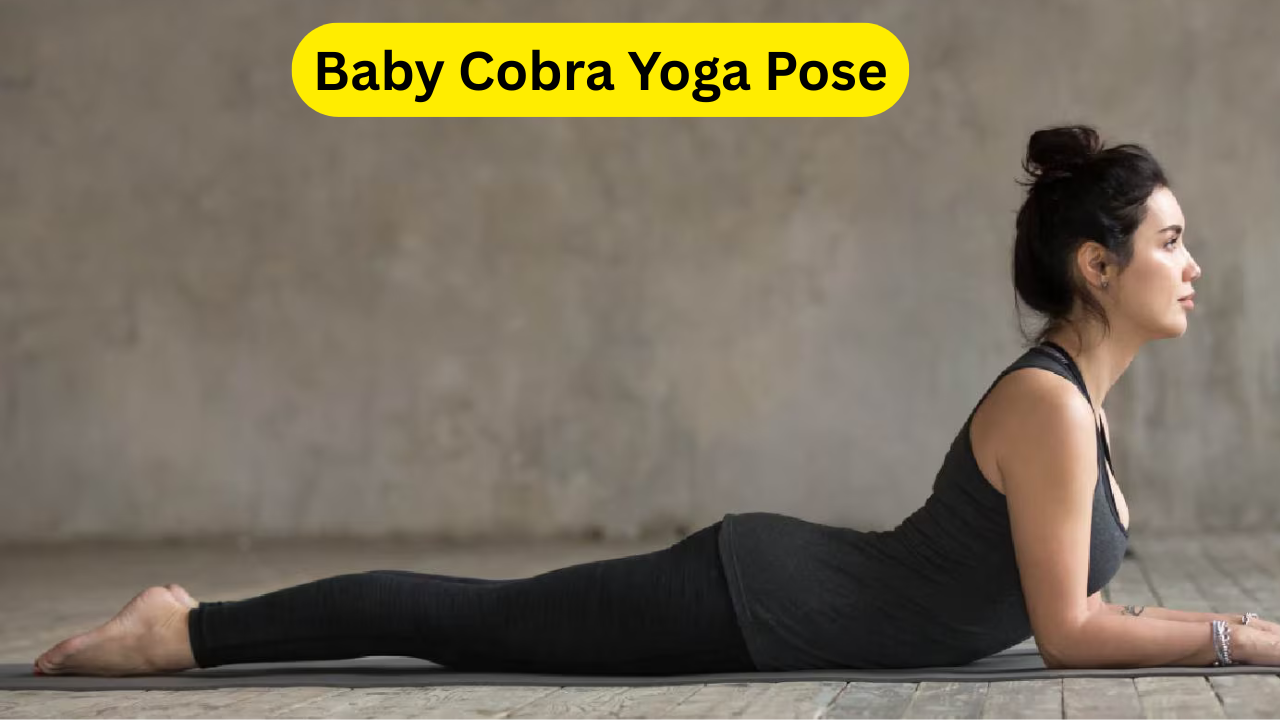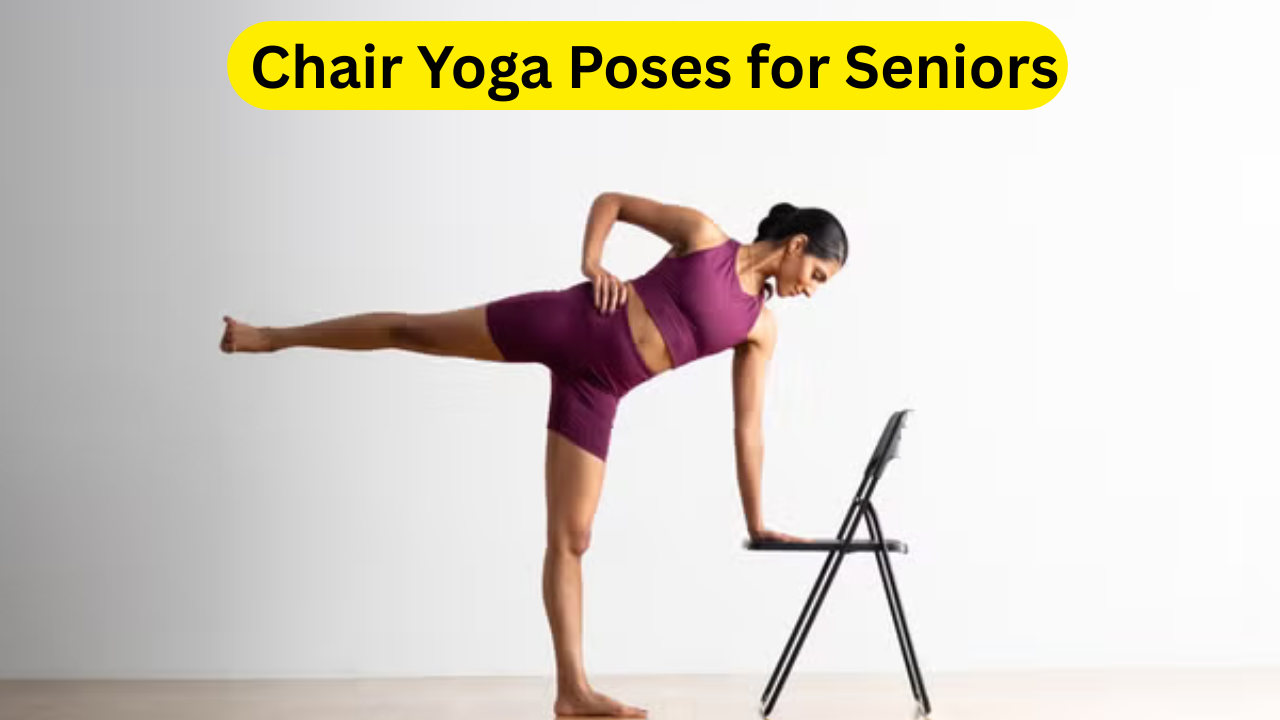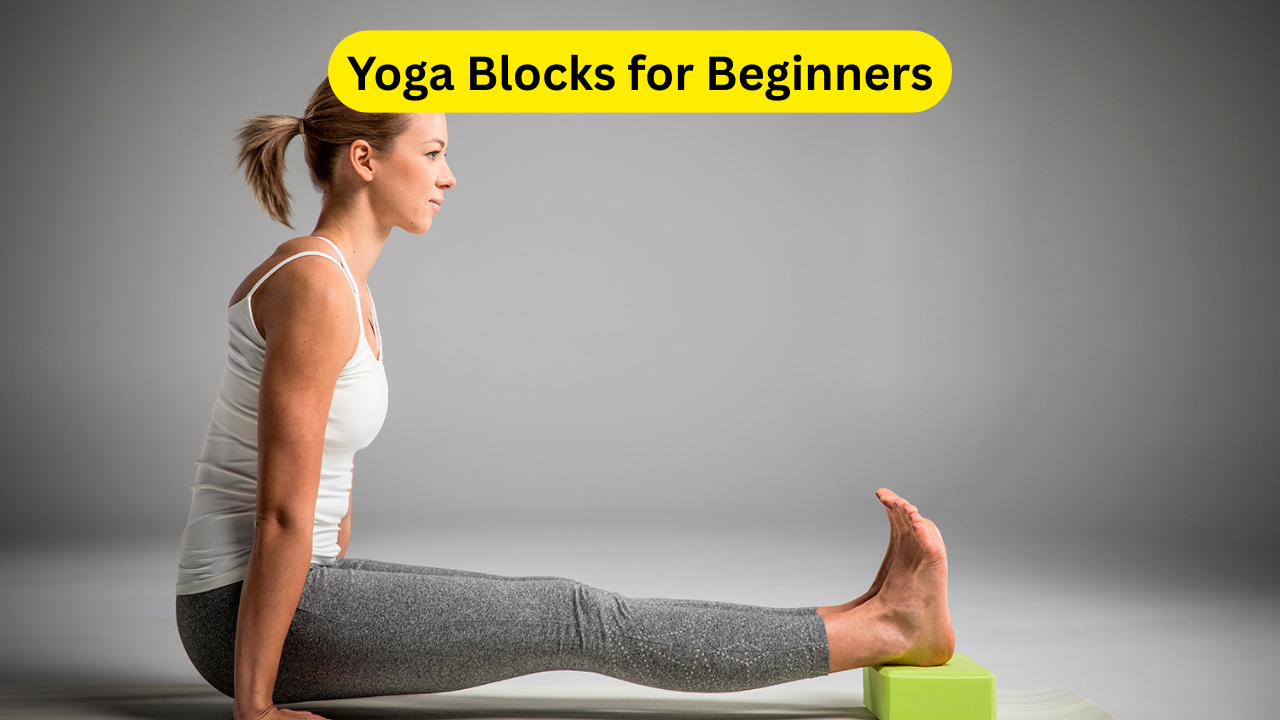Lotus Pose (Padmasana): The Symbolism Behind Padmasana: Lotus Pose, or Padmasana in Sanskrit, is one of the most iconic and profound seated postures in yoga. The name “Padmasana” comes from the Sanskrit word Padma, meaning lotus, a flower that is symbolic of purity, enlightenment, and spiritual growth. The symbolism of the lotus flower is deep-rooted in several spiritual traditions, particularly in Hinduism and Buddhism. It represents a being that is deeply rooted in challenging environments (mud) but transcends them to bloom into something beautiful and pure. Richard Rosen, a respected yoga instructor, explains that this metaphor captures the essence of yoga practice itself, where an individual, through discipline and dedication, transcends difficult circumstances and grows into a more harmonious and enlightened state.
The lotus flower is prominently depicted in Hindu mythology, often associated with deities such as Lakshmi, the goddess of wealth and prosperity, and Vishnu, the god of preservation. The lotus is also linked with Buddha, where it is said that wherever he walked, lotus flowers would bloom. Just as the lotus grows from the muck, Padmasana brings together both grounding and expansive elements, helping practitioners connect deeply with their bodies while simultaneously expanding their awareness.
Padmasana: A Foundation for Meditation: In the practice of yoga, Padmasana holds significant importance as a foundational pose for meditation. It creates a stable and grounded base, allowing practitioners to sit with ease during long sessions of meditation or pranayama (breathing exercises). It’s renowned not only for its calming effect on the mind but also for its numerous physical benefits. The pose can help improve circulation in the lumbar spine, stretch the ankles and legs, and increase flexibility in the hips. Moreover, when performed correctly, Padmasana encourages proper alignment, deepening the meditative experience and fostering an inner state of peace. It’s no wonder that this posture is integral to both spiritual practice and the mind-body connection in yoga.
How to Practice Lotus Pose (Padmasana)
For those who are unfamiliar with Padmasana, here is a step-by-step guide on how to perform it safely and effectively:
- Starting Position: Sit on the floor in Dandasana (Staff Pose), with your legs extended straight in front of you and your spine erect.
- Right Leg: Bend your right knee out to the side and cradle your right knee and foot with both hands. Rotate the leg from the hip (not the knee) and gently place your foot in the left hip crease. Make sure the foot sits flat against your thigh.
- Left Leg: Bend your left knee and rotate the thigh outward from the hip. Lift your left shin slightly and guide the left foot over the right leg to tuck it into the right hip crease.
- Settling Into Position: Place the tops of your feet gently against your upper thighs and let your knees descend towards the floor. Ensure that your ankles do not sickle (curve inward). If necessary, sit on a folded blanket to help keep your spine straight and your knees comfortable.
- Posture and Breathing: Sit up tall, lifting your sternum, and lengthen your spine. Close your eyes and take slow, deep breaths. Stay in the pose for as long as it feels comfortable.
Lotus Pose Variations
If the full expression of Padmasana feels too intense, there are several variations you can try. These can help you build flexibility and strength in the hips and knees:
1. Half Lotus Pose (Ardha Padmasana):
If you’re new to Padmasana or have tight hips, Half Lotus may be a more accessible option. In this variation, you sit cross-legged and place one foot over the opposite thigh. However, the other leg remains extended or bent beneath you.
2. Lotus with Props:
To reduce strain on the knees and hips, use props like blocks or folded blankets to provide extra support under your thighs. This allows for a more comfortable and sustainable practice.
3. Lotus in a Chair:
For those with knee or hip issues, Lotus Pose can be practiced while seated in a chair. Ensure that your feet are flat on the floor and your knees are in line with your hips. Place props as needed for extra support.
Click Here: How to Burn Fat Effectively: The Ultimate Guide to Fat Loss
Benefits of Padmasana (Lotus Pose)
Physical Benefits:
- Improves flexibility: Stretching the ankles, legs, and hips.
- Increases circulation: Particularly in the lumbar spine.
- Relieves tension: Helps release tension in the lower body.
- Strengthens the core: Engages the muscles of the lower back and abdominal region.
Energetic and Psychological Benefits:
- Grounding and expansive: Balances both grounding and expansive energies, fostering physical and emotional stability.
- Promotes focus and calmness: Facilitates mental clarity and concentration during meditation.
- Reduces stress: Activates the parasympathetic nervous system, which promotes relaxation and reduces stress.
Preparing for Lotus Pose
Before attempting Padmasana, it’s important to develop flexibility in the hips and knees. Many preparatory poses can help open up the hips and lengthen the muscles that are required for the pose. Here are a few of the best preparatory poses:
- Baddha Konasana (Bound Angle Pose)
- Janu Sirsasana (Head-of-the-Knee Pose)
- Ardha Matsyendrasana (Half Lord of the Fishes Pose)
Counter poses like Paschimottanasana (Seated Forward Bend) and Adho Mukha Svanasana (Downward-Facing Dog) help release tension in the lower back and legs after holding Padmasana.
Precautions to Keep in Mind
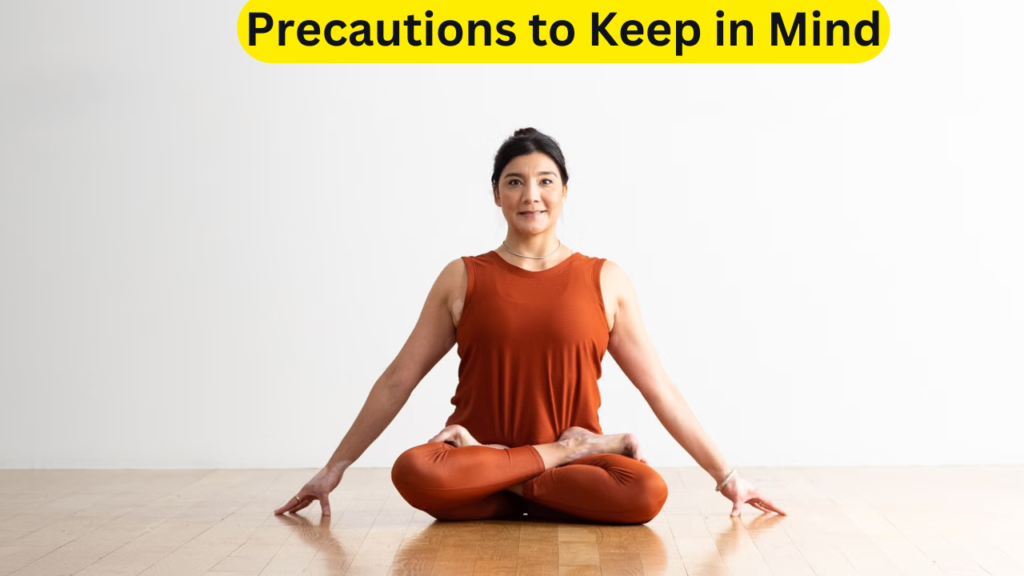
- Avoid forcing the pose: If you feel any strain, especially in your knees, stop immediately. Overstretching can lead to injury.
- Don’t sit too long: Start with shorter durations and gradually build up the time you spend in the pose.
- Alternate legs: To prevent imbalance, alternate the leg that goes on top when practicing daily.
Also Read: Exploring Cool Old Subarus: Rare Models, Features & Prices 2025
Lotus Pose (Padmasana) Conclusion
Padmasana (Lotus Pose) is a pose that symbolizes the beauty of growth and transcendence, both spiritually and physically. It is not only a powerful meditation posture but also offers numerous physical benefits such as improved circulation, flexible hips, and strengthened core muscles. For those looking to enhance their yoga practice or meditation routine, Padmasana is an essential and rewarding pose to integrate.
Whether you are a seasoned yogi or a beginner, practicing Lotus Pose allows you to connect deeply with your body while cultivating mindfulness and inner peace. Padmasana serves as an excellent foundation for meditation, helping you reach higher levels of awareness. With regular practice and the right approach, you’ll not only enjoy the benefits of the pose but also experience the profound spiritual symbolism it represents.
Ultimately, Padmasana teaches us the importance of patience, awareness, and flexibility—both physically and mentally. It encourages us to rise above challenges, like the lotus flower, to reach our highest potential. Just like in yoga, it’s not about perfection but about the journey toward balance, peace, and enlightenment.
Lotus Pose (Padmasana) FAQs
1. Is Padmasana (Lotus Pose) suitable for beginners?
While Padmasana is often considered an advanced pose, beginners can still work towards it by building flexibility and strength in the hips and knees. It’s essential to avoid forcing the legs into the full posture if it feels uncomfortable. Half Lotus or Sukhasana (Easy Pose) can be great alternatives for beginners.
2. Can Lotus Pose help reduce stress?
Yes, Padmasana is widely used in meditation practices, which are known to help activate the parasympathetic nervous system, promoting relaxation and reducing stress. The pose helps clear the mind, fostering a deep sense of calmness and focus.
3. What are the benefits of Padmasana for my hips and knees?
Padmasana helps open the hips and stretch the muscles around the ankles, improving flexibility. It can also alleviate tension in the knees and lower back, particularly when done with proper alignment and mindfulness. If you experience discomfort, consider using props for extra support.
4. How long should I hold Lotus Pose?
Start by holding Padmasana for 5 to 10 minutes, especially if you are a beginner. Over time, as your flexibility and comfort improve, you can gradually extend the duration. However, listen to your body and avoid staying in the pose if it becomes painful.
5. Can Padmasana be used for meditation?
Absolutely! Padmasana is an ideal pose for meditation because it promotes stillness, concentration, and grounding. By aligning the body and calming the mind, it helps create a stable foundation for deep meditation, allowing you to connect with your inner self.
